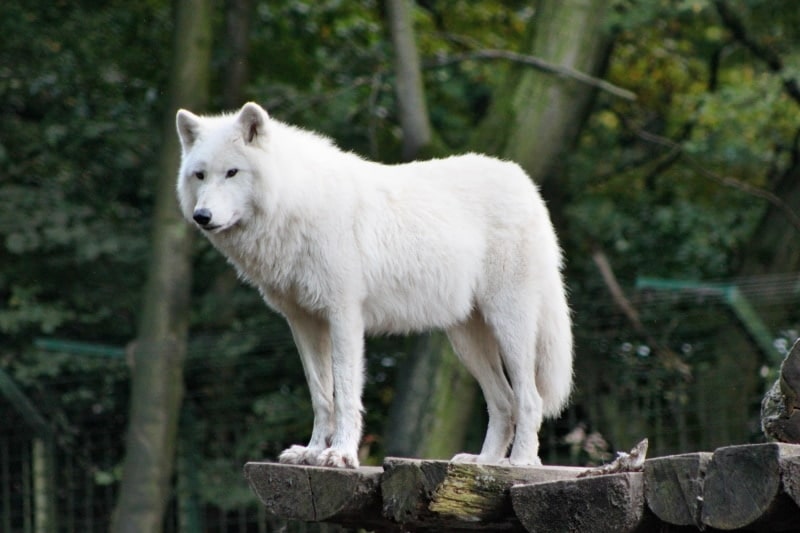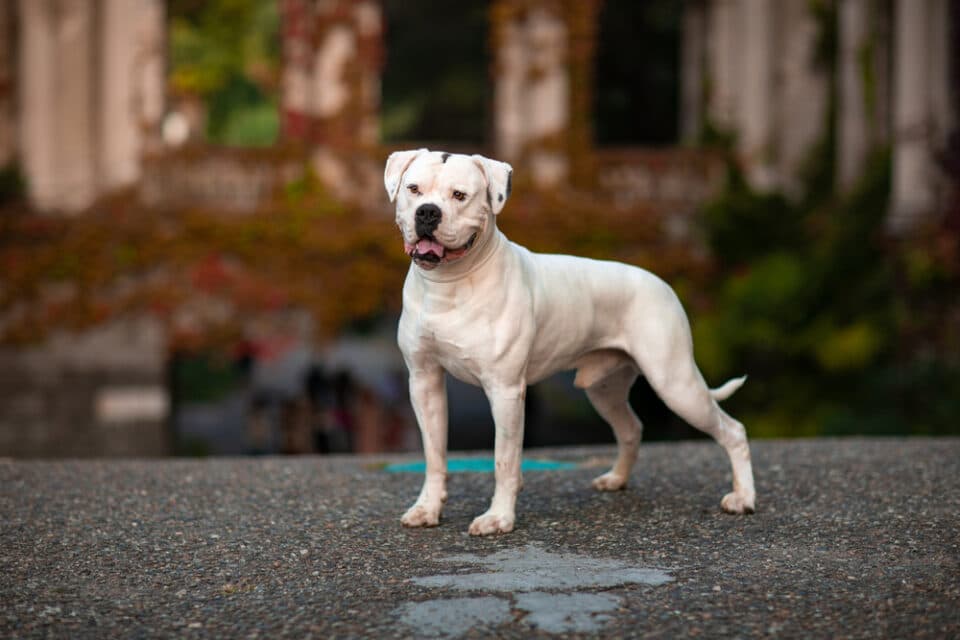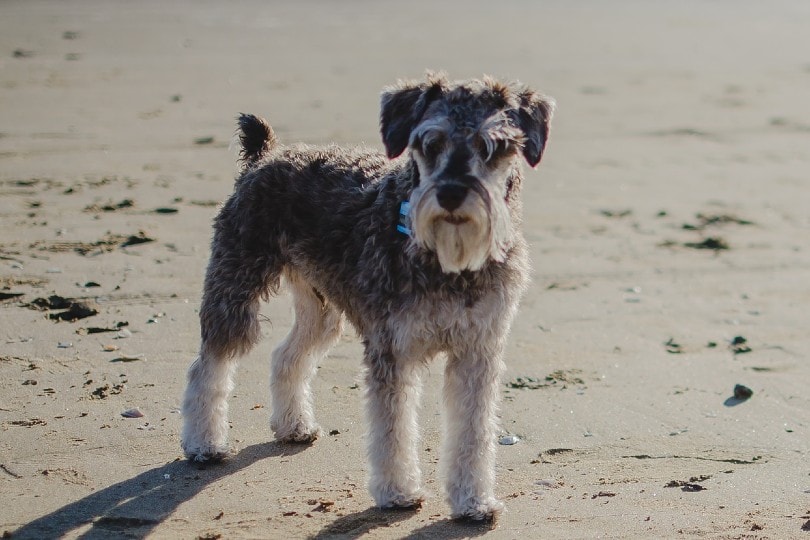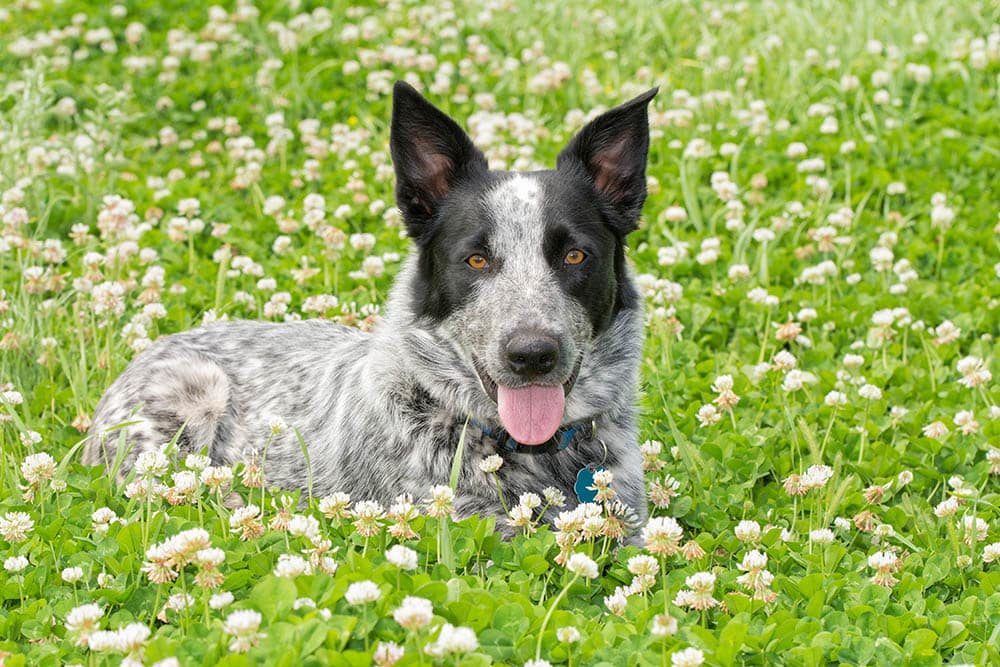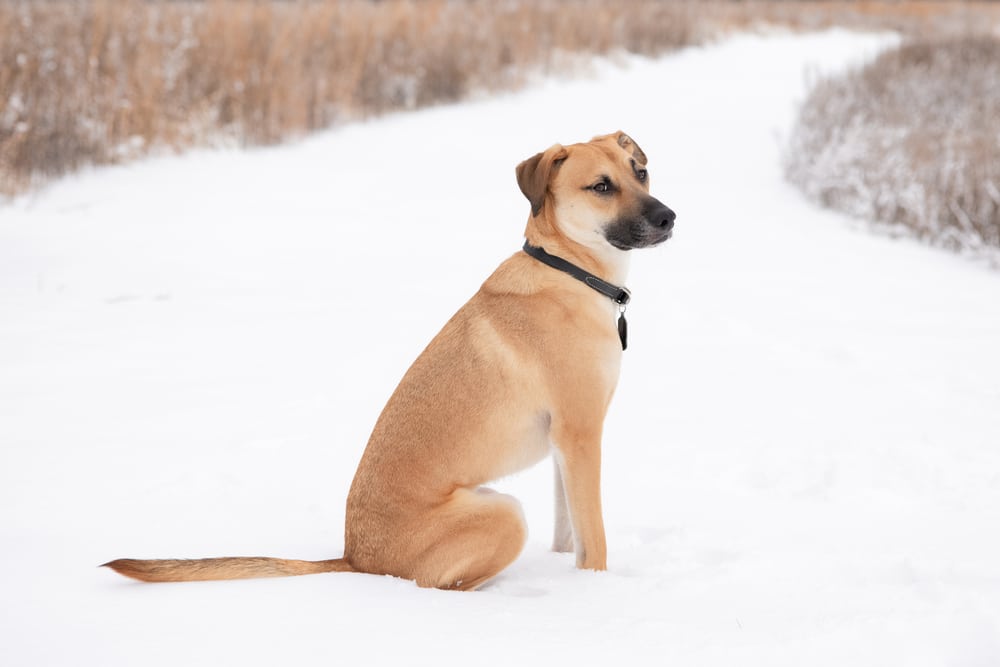Wolves have long been subjects of awe and fear, often portrayed as villains in tales like Little Red Riding Hood. However, these majestic creatures are more than just characters in stories. Ever wondered how their size stacks up against our beloved pet dogs? Let’s dive into the fascinating comparison between wolves and dogs.
The largest species of wolf, known as the Gray Wolf or Timber Wolf, can reach impressive sizes. The average male Gray Wolf is about 6.6 feet long, stands 30 inches tall at the shoulder, and weighs around 100 pounds. Some exceptional specimens even tip the scales at 175 pounds! Now, imagine that compared to your average dog—it’s quite a difference!
Gray Wolves are generally larger than most dogs, but a few giant dog breeds can compete in size. Great Danes, for instance, often surpass Gray Wolves in both height and weight. While the average Great Dane stands between 28 to 32 inches tall and weighs up to 175 pounds, some champions, like Zeus, have reached a staggering height of 44 inches!
To put this into perspective, here’s a quick comparison: while a Gray Wolf usually weighs between 60 to 145 pounds, an English Mastiff, another giant dog breed, can weigh anywhere from 150 to 250 pounds. An English Mastiff named Zorba set records for being both the longest dog at 8’3″ and the heaviest at 343 pounds. Whether it’s a Neapolitan Mastiff, Bullmastiff, Saint Bernard, or even a Newfoundland, many dog breeds can rival or exceed the size of a Gray Wolf.
Gray Wolves aren’t just fascinating due to their size. Their fur can range from white to black, although most are gray or light brown. These wolves are vital to the ecosystem and are found in various regions, from Canada and Alaska to northern Asia. Sadly, not all wolf species are as widespread. The Red Wolf is critically endangered, with fewer than 21 individuals left in the wild of North Carolina.
When comparing dogs to wolves, the differences extend beyond just size. Wolves have large, strong skulls, jaws, and paws, all essential for their survival in the wild. They also tend to be faster maturing, breeding only once a year and raising highly independent young. Wolves are shy creatures, generally avoiding human contact, unlike their domesticated counterparts who often seek human help and companionship. Physically, while some dog breeds like German Shepherds resemble wolves, others, like Pugs, look entirely different. Wolves are also strict carnivores, whereas dogs are omnivores.
Despite the physical and behavioral differences, wolves and dogs share a common ancestry, making this comparison all the more intriguing. Wolves, with their striking appearance and significant role in the ecosystem, continue to captivate our imagination. And for those who find wolves fascinating, breeds like Huskies and Malamutes offer a touch of the wild in a more manageable package.
So, while wolves are, on average, bigger than most dogs, some giant dog breeds certainly hold their own in a size face-off. Understanding these differences not only highlights the unique characteristics of these incredible animals but also underscores the rich diversity within the canine family.
